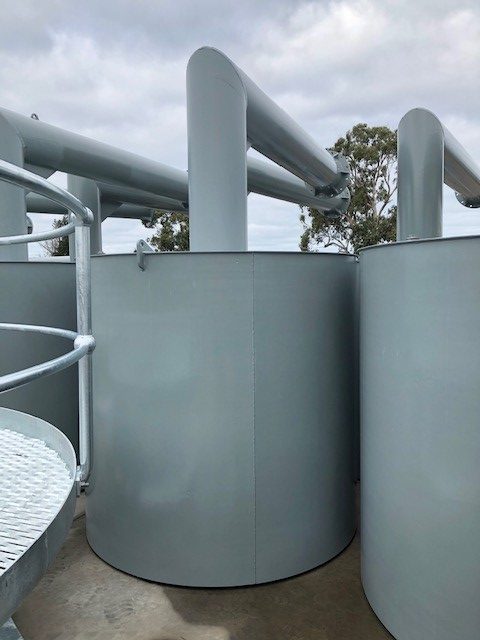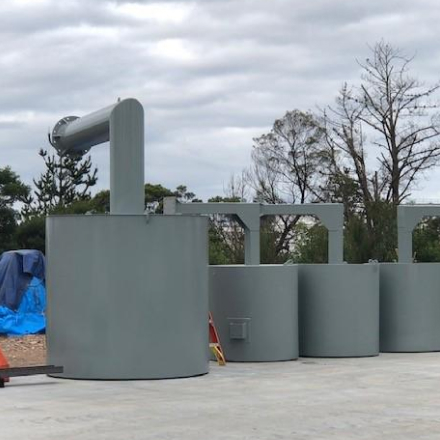Manufacturing wine is a fruitful endeavour that provides us with a delicious alcoholic drink, however, it does have a significant environmental impact. Anywhere up to 7 litres of water is used to create a single litre of wine, with about 70% of the water used ending up a wastewater byproduct.
Wineries have a very high biological oxygen demand (BOD) and require significant winery wastewater treatment to stay in line with the law and lessen their overall impact on the environment. In this article, we are going to discuss how wastewater specialists such as By-Jas provide wastewater solutions for the winery industry.
How to handle winery waste
Wastewater that stems from wine production can end up being liquid BOD from spillages during bottling or solid BOD from grape seeds, stalks or sedimentary waste (known as total suspended solids). Other contaminants include water and chemicals that have been used to clean the winery and its equipment. As a result of this, most wastewaters from wineries are soluble, biodegradable organics.
Generally speaking, a winery might produce a BOD of around 300 – 3500 mg/L but when the crushing season hits, this could rise to 12,000 mg/L. Throughout the season it is expected that production will wax and wane, so there is often surges in wastewater volume that should be addressed. This is why sewage treatment is such an important aspect of winemaking.
A solution: wastewater lagoons for wineries
A lagoon is an excellent way to handle winery wastewater, but it requires the expertise of wastewater equipment manufacturers to set it up correctly. It is a reasonably low-maintenance solution that is both eco-friendly and cost-effective. Lagoons can be designed to handle peak loads throughout the winemaking season and minimise issues such as sludge buildup or foul odours from developing.

Treating winery wastewater effectively requires surface aerators to mix oxygen into the water and create an aerobic environment for helpful bacteria to thrive and break down BOD. The effectiveness of the aerators is dependant on consistent aeration and mixing, which is why it is important to use wastewater equipment manufacturers for this set-up.
The aerobic bacteria need the right environment to work – so aeration and the mixing of wastewater are essential. Without that, the bacteria won’t have enough oxygen to generate the energy needed to break down BOD and suspended solids in the wastewater.
With the right setup, a winery can significantly lessen its environmental impact and effectively manage its wastewater, BOD and suspended solids. The key is bringing on the right specialists to facilitate the solution. Wastewater lagoons and aerators are excellent solutions for winery wastewater, but it does require professional knowledge and tools to set it up correctly.
Contact By Jas today
By Jas specialises in sewage and wastewater treatment. Visit us at By Jas or contact us on (03) 5979 1096. We have been in the industry for 35 years and are family-owned. We service across Australia, including regional town centres, remote regional areas, and main capital cities.




